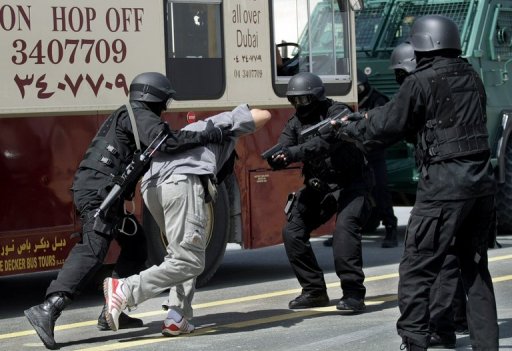JERUSALEM: The flare-up over the Israeli government s decision to put Rachel s Tomb along with what Jews call the Cave of the Patriarchs and Muslims call the Ibrahimi Mosque on a list of Israeli heritage sites again puts history and memory at the centre of this conflict.
Again we are reminded that those who want a better future must do a better job at dealing with the past. A series of recent encounters has placed the question of how the past is represented in the present to the forefront of my mind.
While in Cairo visiting friends early this year, I joined a tour of Egyptian high school students at the Panorama , a museum that the Egyptian government built to commemorate the 1973 War between Egypt and Israel.
The tour culminated with a rotating view of a battlefield diorama depicting what Egyptians consider to be their great victory over the enemy . The clear impression: we fought bravely and liberated our land. There is nothing about negotiations between Sadat and Begin. There is no mention of Egypt s recognition of Israel, which is what made the return of the Sinai possible. Egypt s decision to exchange peace for land turned it temporarily into a pariah in the Arab world; it also set the stage for subsequent peacemaking. On all of this, the Panorama is silent-even though it is in walking distance from where Sadat was assassinated.
More recently, I sat in Jerusalem across the table from a Jewish couple in their sixties from the American Midwest. The man told a story about a friend of his who visited Jenin, a city in the northern West Bank.
The visit, arranged at an official level, was part of an initiative to encourage economic cooperation between Israelis and Palestinians in adjacent areas of the north. The delegation stopped outside the city where the Haddad Tourist Village emerges from the lush rural landscape. In addition to a garden cafe, where families sit and eat together, an amphitheatre, a hotel and amusement park, there is a new museum of Palestinian culture and history.
The Palestinians led the visiting delegation into the museum. The Jewish visitors became upset: at least some, including the friend of the man sitting across the table, walked out.
This past week I asked the Haddad s manager, the son of the owner, about the visiting delegation. He nodded his head sadly. Yes , he said, they came here . He did not understand why the visitors walked out. I toured the museum, which is in the last stages of completion. It s beautifully done. Mostly, the dioramas focus on folkways, on Palestinian culture. The museum, which also depicts Palestinian dislocation and suffering, includes something on Baruch Goldstein, the Jewish Israeli who massacred Palestinians at the Cave of the Patriarchs/Ibrahimi Mosque. Perhaps the visitors reacted to the implication that Goldstein represents them, for the overwhelming majority of Israelis and Jews worldwide reject such violence. Whatever the reasons, those who walked out missed a precious opportunity to engage with an authentic Palestinian perspective.
After telling the story about the Haddad museum, the man across the table spoke about a visit that he and his wife took to where her parents lived in Europe before narrowly escaping the Nazis. He told this story with such empathy, such tenderness towards the plight of his wife s family and his people. There were no Arabs at the table to listen, or to see the expression on this man s face, just as he has never seen the sorrow on the face of the Haddad manager-so proud of the museum his family has built-when the Jewish visitors walked out. With the experience and the humanity of the other blocked from view, people too often limit empathy and understanding to their own side.
In such a context, initiatives such as Project Aladdin, which provides Holocaust education in the Arab world, or PRIME, which presents the Palestinian and Israeli narratives side by side-are critical for the future. Unlike the Panorama museum in Cairo which represents a blatant manipulation, Project Aladdin, PRIME, and the Haddad museum outside of Jenin are serious efforts to represent public memory and history. They are opportunities to tell one s own story, to engage with the story of the other , and to share memories in ways that enlarge the scope of empathy and understanding.
We need to introduce such initiatives on a larger scale. A recent USIP (United States Institute of Peace) report proposes a formal education track to ensure that the Israeli and Palestinian governments and societies engage with one another on this critical subject. Let s extend this track to reach the public memory beyond school buildings.
Along with the other patriarchs and matriarchs, Abraham is revered by Jews, Christians and Muslims who are his spiritual children. The Cave of the Patriarchs/Ibrahimi Mosque-a site of intense primordial memory that somehow must be shared-could be a good place to start.
Daniel Noah Moses, Ph.D., formerly a lecturer on social studies at Harvard University, is currently Director of the Delegation Leaders Program at Seeds of Peace. He recently published his first book, The Promise of Progress: The Life and Work of Lewis Henry Morgan. He lives in Jerusalem. This article was written for the Common Ground News Service (CGNews).

